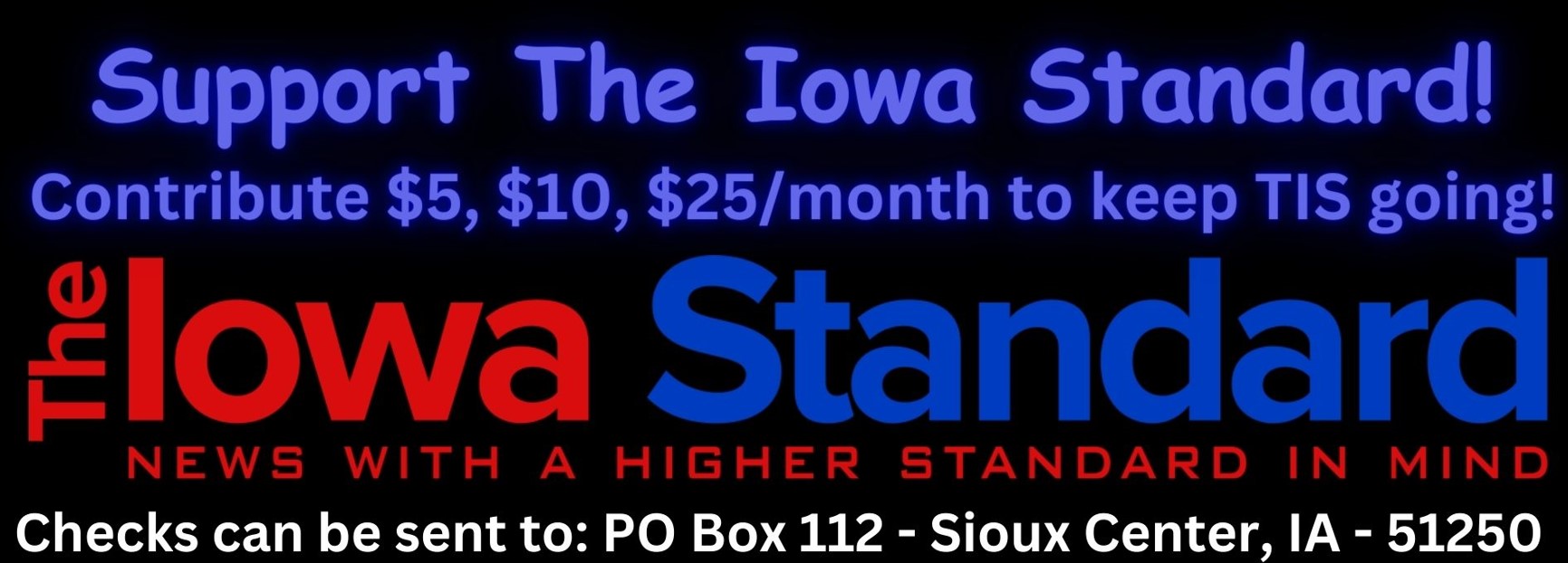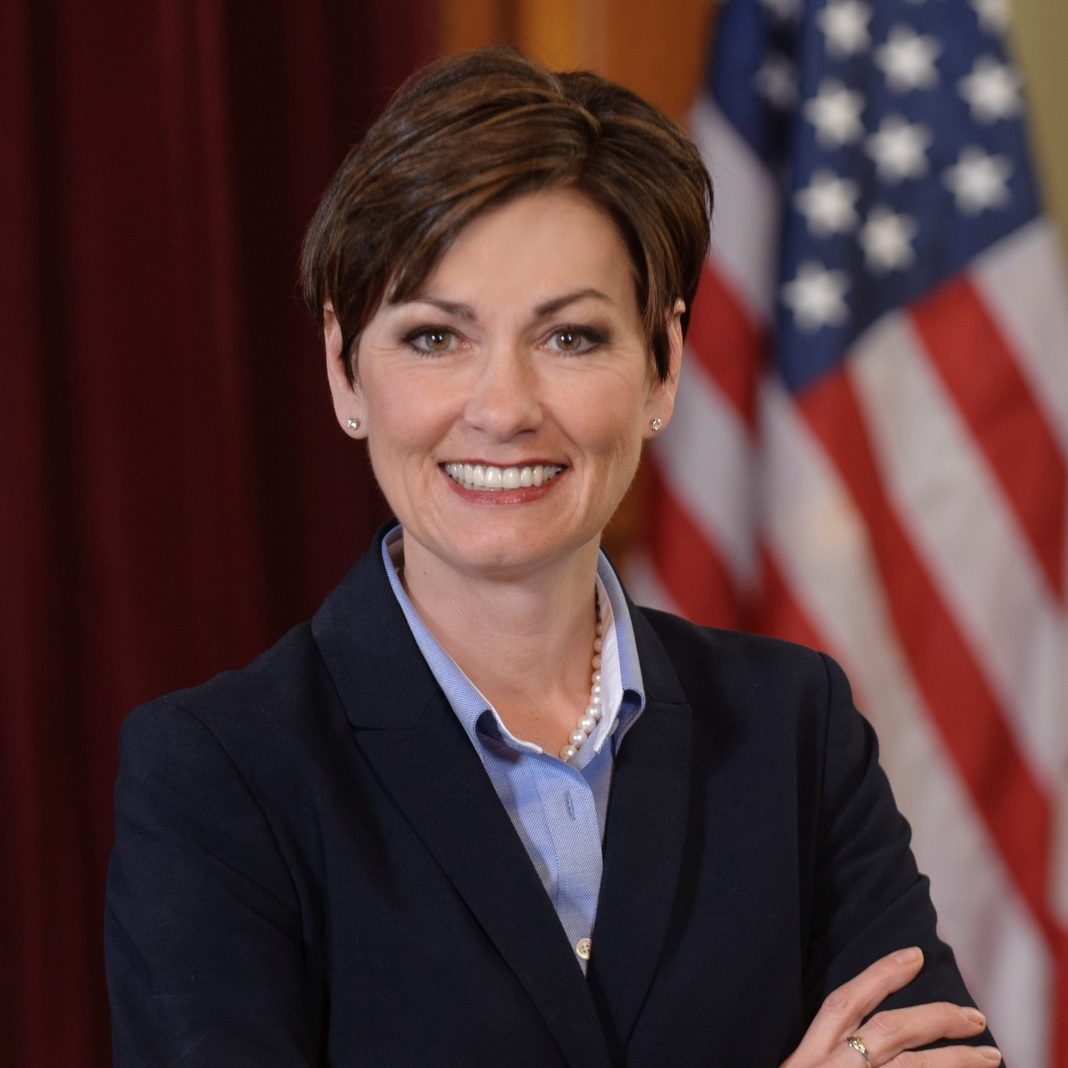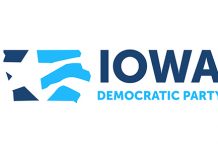The Cato Institute released their 2020 Fiscal Policy Report Card on American Governors, which “grades governors on their fiscal policies from a limited‐government perspective.” The report utilized “statistical data to grade the governors on their tax and spending records — governors who have restrained taxes and spending receive higher grades, while those who have substantially increased taxes and spending receive lower grades.” Iowa Governor Kim Reynolds received an “A” grade for her conservative budget and tax policies. Governor Reynolds was given the second highest score in the nation, while New Hampshire’s Governor Chris Sununu received the top score.
Since assuming office, Governor Reynolds and the Republican led legislature have followed a consistent policy of prudent budgeting and tax reform. Chris Edwards, Director of Tax Policy Studies, and David Kemp, Research Associate, are the authors of the Fiscal Policy Report Card and argue that Governor Reynolds and “her politics are based on the ideas of limited government, personal responsibility, and individual initiative.”
Prior to the COVID-19 pandemic, Iowa’s economy was in a strong position with low unemployment. Iowa’s fiscal house was also in order with strong reserves and a surplus due to responsible budgeting by Governor Reynolds and the Republican legislature.
“As governor, she has translated those beliefs into fairly lean budgeting and the pursuit of tax reform, earning her the second highest score on this report,” wrote Edwards and Kemp. Edwards and Kemp credit Governor Reynolds with the largest tax reform measure in Iowa’s history:
“Reynolds signed into law a major tax reform in 2018. The legislation cut the top individual income tax rate from 8.98 percent to 8.53 percent. Contingent on revenue goals being met, the legislation drops the top rate to 6.5 percent in 2023 and collapses a nine‐bracket system to four brackets. The law also cuts the top corporate income tax rate from 12 percent to 9.8 percent starting in 2021, while raising revenue from broadening online sales taxes. All in all, the cuts will initially save Iowans about $300 million a year…”
In 2019, Governor Reynolds signed a property tax transparency and accountability law with the goal of providing more clarity to Iowa’s complicated property tax system. This new law requires local governments such as counties and cities (school districts were not included) to hold a public hearing if the proposed budget increases more than two percent above the previous year, and a supermajority vote for the increase to be enacted. This new two percent “soft cap” is meant to control the growth of property taxes and requires local governments to provide more transparency within the local budget process. The objective is to prevent local governments from claiming windfalls from increased assessments.
Governor Reynolds, during the 2020 legislative session, wanted to build upon the 2018 tax reform law when she proposed the Invest in Iowa Act. The Invest in Iowa Act called for a 10 percent income tax cut in 2021 and further reductions until the top rate reached 5.5 percent in 2023. These income tax rate reductions would be offset by a one-cent increase in the sales tax.
This was just a part of the Invest in Iowa Act. Unfortunately, because of the COVID-19 pandemic any further tax reform was tabled. By following a path of fiscal conservatism, Governor Reynolds was able to ensure that Iowa was prepared for an economic emergency. This is in stark contrast to our neighbors in Illinois, where their fiscal house was collapsing even before the pandemic.
As a response to the pandemic, Governor Reynolds not only balanced protecting Iowans, but also navigating through economic uncertainty. As a result of revenue uncertainty the Iowa legislature passed a “status quo” budget at the conclusion of the 2020 legislative session.
Governor Reynolds and the legislature balanced funding the priorities of government along with being respectful of taxpayers though spending restraint. Conservative budgeting is working for Iowa. Recently, Governor Reynolds announced that Iowa will “end Fiscal Year 2020 with a balance of $305.5 million in its General Fund.” Dave Roederer, Director of the Iowa Department of Management, stated that “Iowa is in a strong financial position due to responsible spending practices and our strong cash reserves of over $770 million.”
Governor Kim Reynolds has not only focused on keeping spending limited and pro-growth tax policies, but she also worked to remove barriers for economic opportunity for all Iowans by signing a historic occupational licensing reform law.
Iowa’s conservative budgeting has also been recognized by The Council of State Governments recent report, COVID-19: Fiscal Impact to States and Strategies for Recovery. It reviewed the fiscal conditions of each state, and Iowa was one of the best in terms of fiscal stability and resiliency. The recent report by Truth in Accounting, Financial State of the States 2020, ranked Iowa in the top 10 states in terms of comprehensive fiscal health.
Cato’s Fiscal Policy Report Card is further evidence that Iowa is moving in the right direction. Governor Reynolds and Republican legislators understand that the best way to grow Iowa’s economy and attract new people is to lower tax rates, keep spending limited, and reduce barriers to economic opportunity. Further, states such as Illinois, New York, and California are demonstrating to the nation that a state cannot tax and spend its way to prosperity.
Iowa still has much to do in terms of tax reform. Governor Reynolds and the Republicans in the legislature should work to continue to ensure that the revenue targets are met for the income tax rate to fall in 2023. In addition, further corporate tax and property tax reform is needed.
Governor Reynolds and Republican leaders in the legislature are succeeding by following a policy of fiscal conservatism. Iowa’s economy is starting to recover from the pandemic and a significant part of that recovery is keeping Iowa’s fiscal house in order. By limiting spending, following conservative revenue estimates, and lowering tax rates, Iowa is demonstrating fiscal conservatism is the best policy.
















